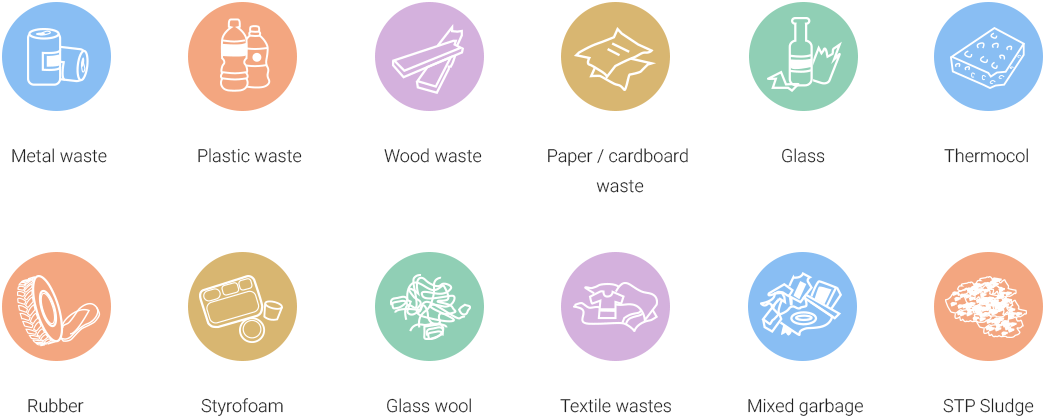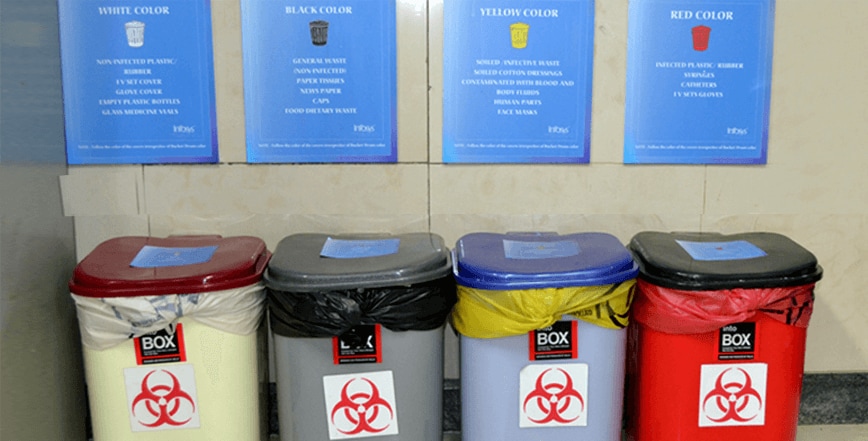Discarding with care: How we deal with inorganic waste
Did you know that more than 20 million tons of e-waste is generated in the world every year? Electronics that end up in landfills are a huge threat to the environment with the danger of toxins leaching into our soil and water.
We are a technology company. Every day in our campuses, systems and parts become obsolete or unusable and need to be discarded, creating e-waste. We generate not just e-waste, but a host of other non-biodegradable waste as well. Being an environmentally sustainable organization, we treat the disposal of inorganic waste as one of our key responsibilities.

The various types of inorganic waste generated on our campuses
All our non-hazardous dry waste goes to authorized recyclers and is thus diverted from landfills. Hazardous wastes, such as DG oil, DG filters are handled by authorized vendors only – with our teams monitoring the storage, recycling and disposal activities.
Our authorized recyclers can scientifically recycle e-waste and possess the required clearances from the Pollution Control Boards of governments where we have our operations.
Waste for a good cause
We through an EPR (End Producer’s Responsibility) have a buy back model by which vendors buy back laptops and desktops that are no longer in use. They refurbish the machines and get them into working order.
We also insist on eco-friendly packaging for all our purchases. We return the packaging material that comes with computers and other equipment to the vendors, so they can reuse it.

Storage story
We have invested in scientific storage methods that follow international standards for storage spaces and scrapyards. The scrapyards help us in increasing the recyclability through aggregation and scientific storage systems. All our waste is stored under the right conditions till it is viable to give away.

We have four levels of containment for toxic wastes – DG oil is kept in primary, secondary and tertiary containers and finally a trap to catch any leakages. This is to prevent any leakage from being exposed to the elements. The oil is given away to empaneled recyclers.
Our biomedical waste is stored at 5°Celcius and is then incinerated by vendors using environment-friendly methods in accordance with Pollution Control Board norms.
Following our multi-tiered waste disposal approach, we were able to divert more than 706 tons of hazardous waste from the landfills in fiscal 2019.

